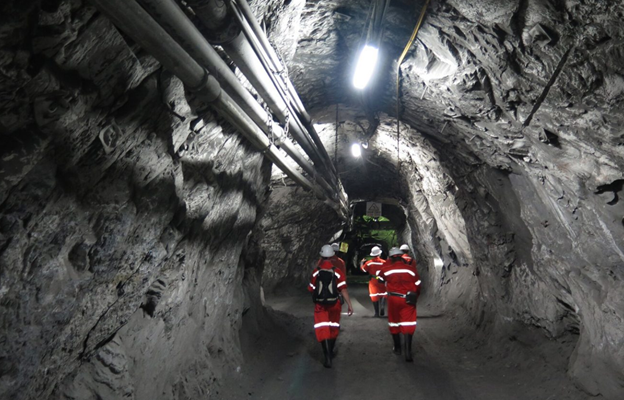- Communication is essential in all industries and fields. However, underground communication becomes crucial in areas like mining and tunneling.
- Underground communication systems are essential for worker safety and productivity.
- Underground applications, such as mining and other activities, are a common concern. Disasters such as collapse of mines, especially in coal mines, are a common occurrence. A reliable and effective communication system is crucial for identifying trapped miners and their rescue.
- A reliable underground communication system can increase productivity and lower operational costs. It saves machine breakdown time, and allows for immediate transmission of messages from hundreds of feet below the ground to the appropriate personnel and resources above. Without an effective communication system, a miner must wait for the message to arrive before the operation can be stopped. The production loss would be significant if this scenario of suspended operations was repeated hundreds or even thousands of times per week.
- Underground communication systems must have two-way communications (voices, video, and data) with surface and underground personnel. They also need a tracking system to allow surface personnel to locate anyone who is underground. A system that can withstand natural disasters and can track underground personnel are important requirements.
- The basic use of miner communication above ground with staff and location information is not the only purpose of underground wireless systems. They are used for many important tasks such as remote control and monitoring of mining equipment, data acquisition of various sensors in the mine (e.g. Real-time access to mine operation information and seismic monitoring. These tasks require communication with a mobile worker, device, or piece of equipment.
Underground Communication Systems Wired vs. Wireless
- In the past almost all underground communication systems were wired. This made it difficult to meet the essential requirements of underground communication systems. Because of the non-symmetrical mine topology and complicated mine structures, wired systems can be difficult to deploy in remote areas. Because underground mine communication is cut off, the wired systems cannot withstand disasters and accidents.
- Wireless communication systems, on the other hand, are simple to deploy at difficult places below the ground and can withstand any disaster conditions. The location of every trapped miner can easily be determined using wireless communication systems. This allows for successful rescue and search operations. Wireless communication systems are the best and most reliable method of communicating underground applications such as mining and tunneling.
- The typical wireless communication system for surface use does not work well underground. Traditional cellular signals cannot propagate through rocks, so the wireless communication system is not effective in underground situations. Radio waves used for wireless communication propagating underground are subject to dispersion, absorption and scattering due to the properties of the minerals (like coal) as well as space limitations.
- Because of the unfavorable and dangerous environment in which they are used and lack interest, underground communication technologies are behind surface technologies. At present, research is moving at a rapid pace to improve underground communication technology and overcome its limitations. Underground communication requires different communication requirements than surface communication. Underground wireless communication systems have been optimized to address the needs of tunneling and mining.
This post was written by Justin Tidd, Director at Becker Mining Communications! For over 15 years, Becker Communications has been the industry’s leader in radio communication in tunnels and electrical mining communication systems. As they expanded into surface mining, railroads, and tunneling they added wireless communication systems, handheld radios, tagging and tracking systems, as well as gas monitoring.




